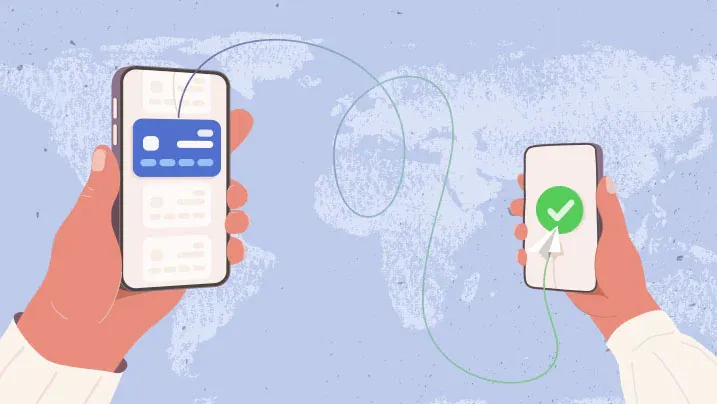Online payment platform
Online payment refers to the process of conducting financial transactions electronically over the internet. It allows users to make purchases, pay for services, or transfer money without the need for cash or checks. Online payment systems leverage digital technology and secure protocols to facilitate seamless and secure transactions between parties. Online payment is a must-have feature for all sales management software .

Online Payment Fundamentals
To navigate Online Payments successfully, it is necessary to grasp the fundamentals of online payments as follows:
- Payment Gateways: The focus of online payments is payment gateways. It acts as a secure bridge between the merchant's website or application and the relevant financial institutions.
- Merchant Account: To accept online payments, businesses need a merchant account. This dedicated bank account acts as a temporary storage of funds received from client transactions. Once the transactions are processed, funds are transferred from the merchant account to the merchant's main bank account.
- Encryption and Security: To protect sensitive customer information in online transactions, you need to use strong encryption protocols such as SSL (Secure Sockets Layer) or TLS (Transport Layer Security) ). These technologies ensure that data is securely encrypted during transmission, reducing the risk of unauthorized access.
- Payment Card Industry Data Security Standard (PCI DSS): To ensure the protection of cardholder data, major credit card companies have established the Payment Card Industry Data Security Standard (PCI DSS). PCI DSS compliance is mandatory for businesses involved in the processing of cardholder information.
- Authentication and Fraud Prevention: Online payment systems use a variety of authentication methods to verify user identities and reduce the risk of fraud.
- Payment API: Payment API facilitates seamless communication between different software systems, allowing businesses to customize their payment flow and ensure smooth payment processing.
Online payment flow
An online payment flow usually consists of several stages, and parties work together to facilitate safe and efficient transactions. Here is a general overview of the online payment flow:
Start paying
The customer initiates the checkout process by selecting a product or service and going to the checkout page on the merchant's website or app. At this stage, the customer chooses their preferred payment method, such as a credit/debit card, bank transfer or digital wallet.
Payment information transmission
The customer provides the necessary payment details, which may include card information, bank account details or login information for digital wallet services. Payment information is securely transmitted from the customer's device to the merchant's payment gateway or selected payment service provider.

Payment information transmission
accreditative
The payment gateway or payment service provider receives the customer's payment information and performs security and authentication checks. This involves verifying the customer's identity, checking for sufficient funds or credit availability, and assessing potential fraud risks. The authorization process ensures that the transaction is legal and can proceed.
Contact the Acquiring Bank
Once the payment is authorized, the payment gateway will contact the purchasing bank. The acquiring bank is the financial institution that maintains the merchant's account and facilitates the transfer of funds from the customer's bank or card issuer to the merchant's account.
Transfer money
At this stage, the buying bank requests a money transfer from the customer's bank or card company. The buying bank acts as an intermediary between the seller and the customer's financial institution. Funds are transferred securely from the customer's account to the merchant's account, usually through an Automated Clearing House (ACH) or card network system.

Transfer money
Payment and confirmation
Once the funds have been successfully transferred, the payment gateway or payment service provider will notify the merchant of the successful payment. The merchant's system updates the transaction status as "paid" or "completed" and the customer receives a successful payment confirmation.
Disbursement to Merchant
During the checkout process, the purchasing bank deducts any applicable fees, such as transaction or processing fees, from the total payment. The remaining amount is then disbursed to the merchant's bank account, usually within a specific payment period.
Post-trade activities
Once payment is complete, the merchant fulfills the customer's order by delivering the product or service. In the event of any problem or dispute, such as a return or chargeback, the merchant and payment provider's systems will handle the necessary processes to resolve the situation.












Replies to This Discussion